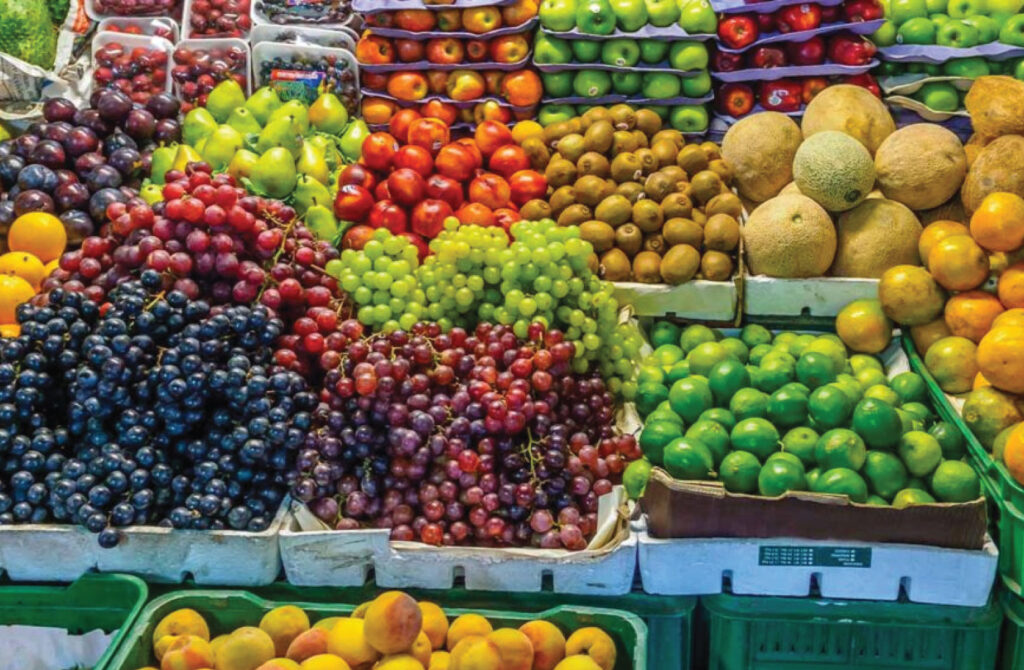In the first quarter of fiscal year 2023-24, Pakistan’s food exports exhibited remarkable growth, surging by 18.88 percent to reach $1.28 billion, as reported by the Pakistan Bureau of Statistics (PBS).
This boost can be attributed to multiple factors, including the depreciation of the rupee, supply chain disruptions, and higher global food prices, which have spurred increased demand for Pakistani food products.
Key highlights from the data include:
- Rice Exports: Rice exports increased by 0.98 percent during the first three months of FY24, reaching $406.38 million. Basmati rice exports, in particular, saw a substantial rise of 20.48 percent to $158.57 million, driven by increased rice production.
- Seafood Exports: Fish and fish product exports grew by 3.75 percent to $83.06 million, with the expansion of fishery sector varieties, including cuttlefish, and relaxed import restrictions by Qatar.
- Meat Exports: Meat exports surged by 20.05 percent to $112.98 million, due to market expansion into countries like Jordan, Egypt, and Uzbekistan, and increased participation from enterprises exporting meat to the United Arab Emirates, Saudi Arabia, and other Gulf nations.
- Fruit Exports: Fruit exports increased by 12.43 percent to reach $88.66 million in the first three months.
- Vegetable Exports: In contrast, vegetable exports saw a decline of 30.35 percent, totaling $51.41 million during the same period.
- Spices and Oil Seeds Exports: Spices exports grew by 23.51 percent to $23.75 million, while the export of oil seeds, nuts, and kernels experienced a significant surge of 405.85 percent, reaching $185.99 million in the first quarter.
- Sugar Exports: Sugar exports, which amounted to 33,102 metric tons, marked a significant change from no exports during the same period the previous year.
These statistics reflect Pakistan’s increasing presence in international food markets, driven by currency dynamics, export restrictions in competitor countries, and expansion into new markets.
